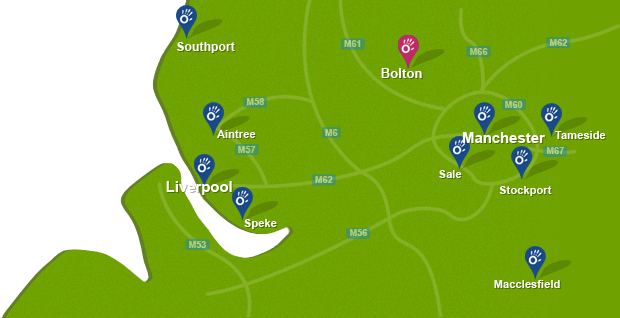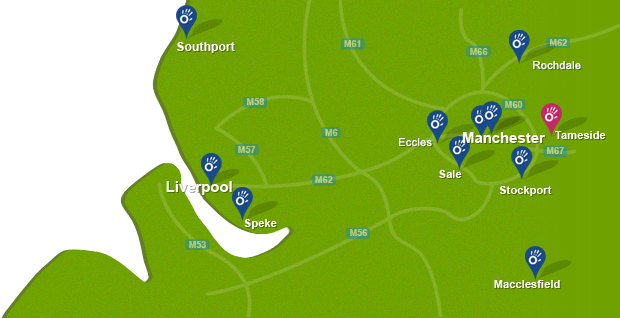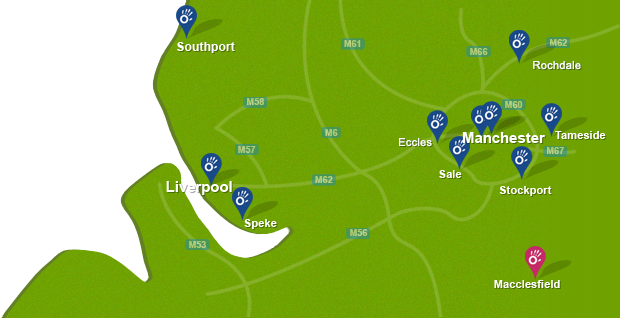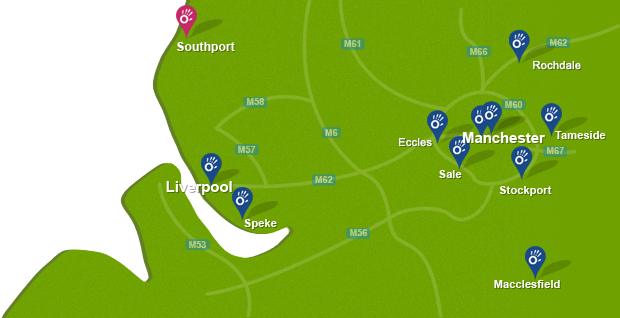Myofascial release is an effective treatment for a range of musculoskeletal conditions. Myofascial release is used as a treatment and rehabilitation technique for soft tissues and fascia tension.
Fascia is a connective tissue that protects and infuses muscle, bone, ligament and tendon. Myofascial release can be used across large areas of the body, (e.g. back, hamstrings, legs and arms). This technique is focussed on applying gentle traction and stretching across the direction of muscle fibres. Myofasical release is a beneficial massage technique to relieve tension and restricted movement. Massage therapists at Manchester Physio can use myofascial release for a range of conditions.
 Above: Soft tissue massage of palma fascia
Above: Soft tissue massage of palma fasciaWhat is myofascial release?
Myofascial release is a stretching technique applied to a range of soft tissue problems. Myofascial release is applied to release fascia restrictions and stretch out larger areas of the body. Fascia tissue surrounds and protects structures in the body acting as a cushioning mechanism. Fascia tissue allows us to move without restriction or pain. Following trauma or overuse injury fascia tissue can become scared and hardens in the affected area. This causes the fascia tissues to lose its cushioning and creates tension restricting movement. Myofascial release engages with the fascia network by slowly stretching and moving fascia restriction.
Myofascial release can be performed on muscles across large areas of the body or concentrated on smaller areas of damaged fascia tissue. Myofascial release relieves tension so muscles and soft tissue areas can move more freely.
What is myofascial release used for?
Myofascial release is an effective massage technique used to:
- Loosen and stretch large areas of fascia
- Decrease pain
- Improve range of movement
Myofascial release is used to stretch out large areas of muscle. Pressure is applied across the fascia network breaking down restrictions and relieving tension. Fascia is made of elastin and collagen fibres which infuses and protects the structures in the body. Fascia tissue acts as a cushion mechanism under the skin surface surrounding muscles, bones, ligaments and tendons. The fascial system is relaxed and wavy in configuration allowing movement without restriction or pain. When damaged fascia tissue and muscles fibres can become tense and restricted in movement.

Massage is an effective treatment to help decrease pain by increasing blood circulation. The pain cycle is initiated by the result of a reflex reaction. Pain sensory signals are transferred to the spinal cord. The reflex reaction stimulates the muscle tissues surrounding the injury in order to offer support. This stimulation causes more damage and pain as muscles tighten. The restriction and lack of blood to the area causes more inflammation and pain. Massage helps by restoring the blood flow through an effected area, reducing tension and restoring movement.
Myofascial release is also used to improve range of movement. Myofascial release targets large areas of muscle by stretching out fibres. When muscles fibres are loosened, movement is increased.
 Above: Soft tissue massage of planta facia
Above: Soft tissue massage of planta facia What are the benefits of myofascial release?
Myofascial release has many benefits. The benefits of myofascial release include: Myofascial release is very beneficial. The benefits of myofascial release are reduced pain, decreased tension and increased flexibility of fascia tissue.
Myofascial release is beneficial to reduce pain. Myofascial release addresses painful areas in the body by relieving tightness and tension. Myofascial release can also be beneficial to other dysfunctional areas of pain when performed to larger areas across the body. Myofascial release enables an increase in blood circulation and lymph flow decreasing pain.
Myofascial release is also beneficial to decrease tension across large areas of the body (i.e back and hamstrings). Myofascial release works to decrease tension by increasing temperature of the soft tissue and increasing tissue elasticity. Myofascial release applies friction to the surface of the skin which increases temperature. Increased temperature promotes relaxation in the muscles and decreases tone.
Myofascial release helps to increase flexibility of fascia tissue. Myofascial release massage technique applies pressure and stretching in order to relieve restrictions within fascia tissue surrounding muscles and bone structures. Myofascial release is beneficial in relieving restricted movement and tension as a result of damaged fascia tissue. Myofascial release can also be used to treat adhesions and scar tissue post-surgery. Adhesions make the tissue stiff and restrict movement. Myofascial release is performed in the opposite direction to the scar tissue to release tension and break up adhesions. Myofascial increases movement and breaks down restriction.
How does myofascial release help?
Myofascial release helps by increasing temperature and increasing tissue elasticity.
Myofascial release helps by increasing blood circulation to fascia tissue and muscles. Myofascial release increases temperature by stimulating friction to an area of the body. Friction increases capilliarisation and vasodilation in the blood flow. Capilliarisation and vasodiliation is the increase of size and number of blood cells. Increased temperature allows the muscles to relax and muscle fibres to loosen.
Myofascial release helps by increasing tissue elasticity. Myofascial release helps stretch out soft tissue and fascia tension. Fascia tissue is an important connective tissue which can become damaged or scared due to trauma, overuse injury, inflammation or lack of movement. Fascia should be a relaxed and wavy in configuration without any restriction. Myofasical release manually manipulates the fascia tissue so it becomes loose. Myofascial release can also be performed on larger areas of the body to decrease pain in an affected area. Myofascial release is used over larger areas to treat specific and dysfunctional pain. Dysfunctional pain is an area of pain which is caused by another area of the body.
Summary
Myofascial release is an effective and beneficial treatment to release tension in fascia tissue and larger muscle areas. Myofascial release stretches and loosens the fascia network relieving tension, decreasing pain and improving range of movement. Myofascial release can be used post injury and to break down adhesion in scar tissue. Myofascial release is used by our Massage therapists at Manchester Physio for a range of conditions. Massage therapists at Manchester Physio can use myofascial release for a range of conditions.
How can I arrange an appointment for myofascial release?
To arrange a myofascial release treatment at Manchester Physio, e-mail us at office@manchesterphysio.co.uk or call 0161 883 0077.


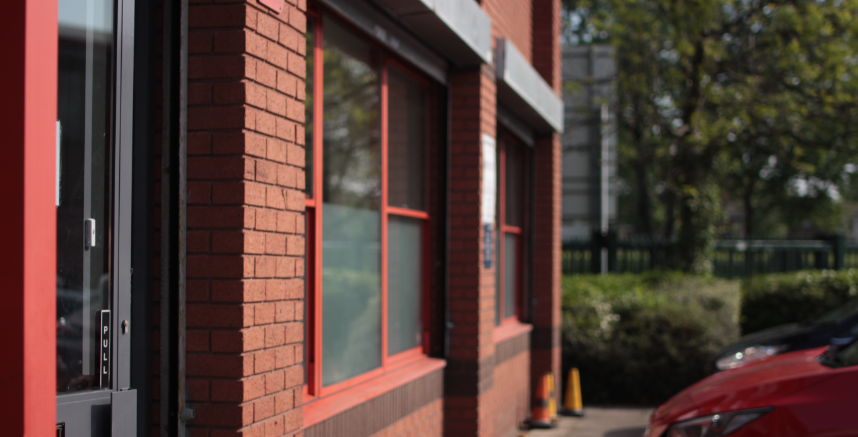
 0161 883 0077
0161 883 0077







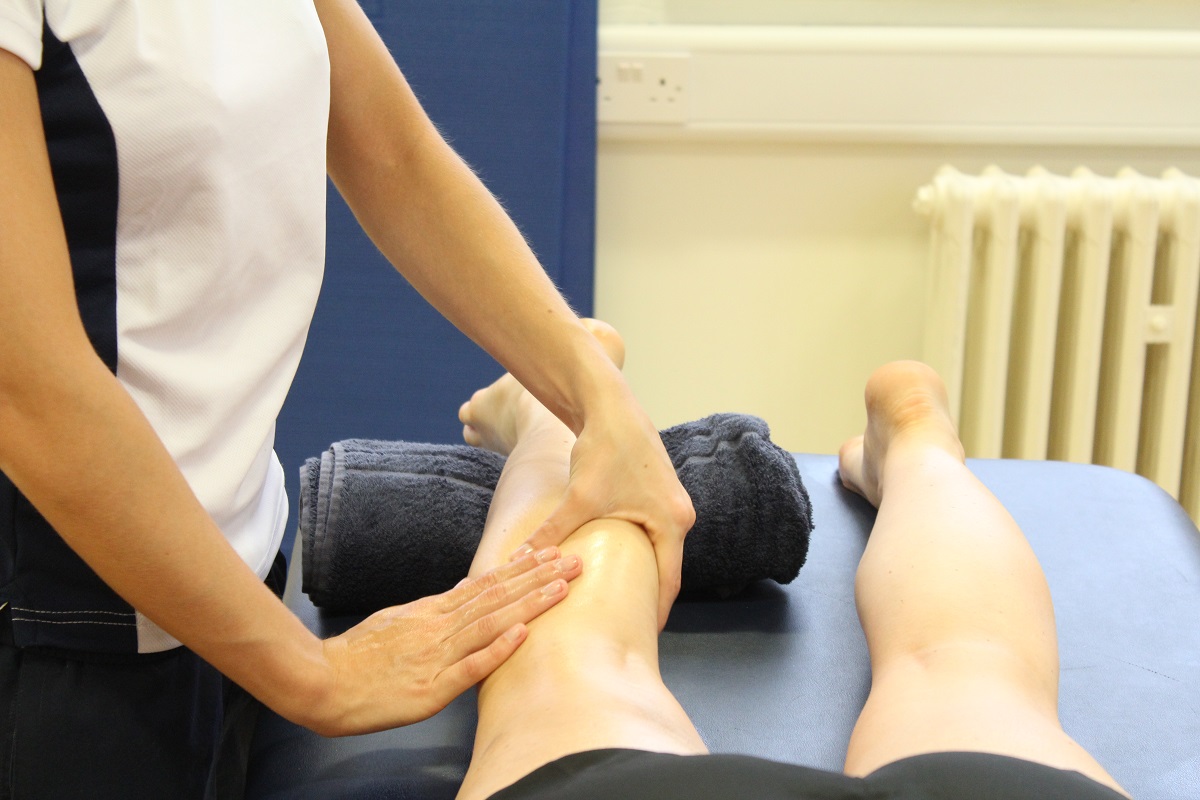

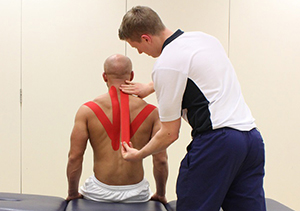

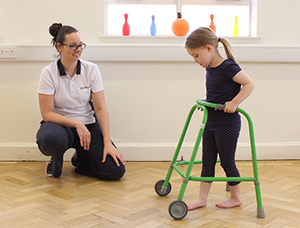
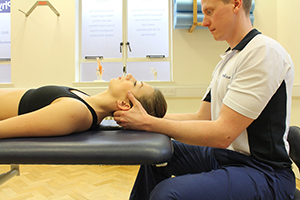































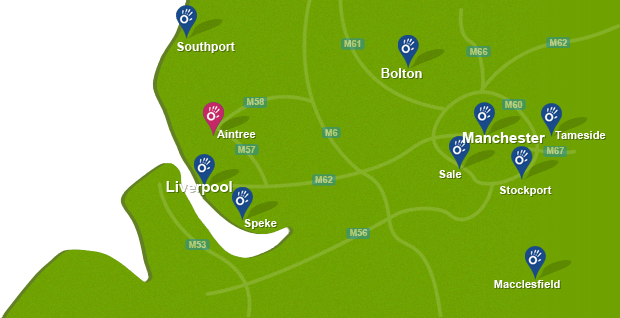

 f
f
